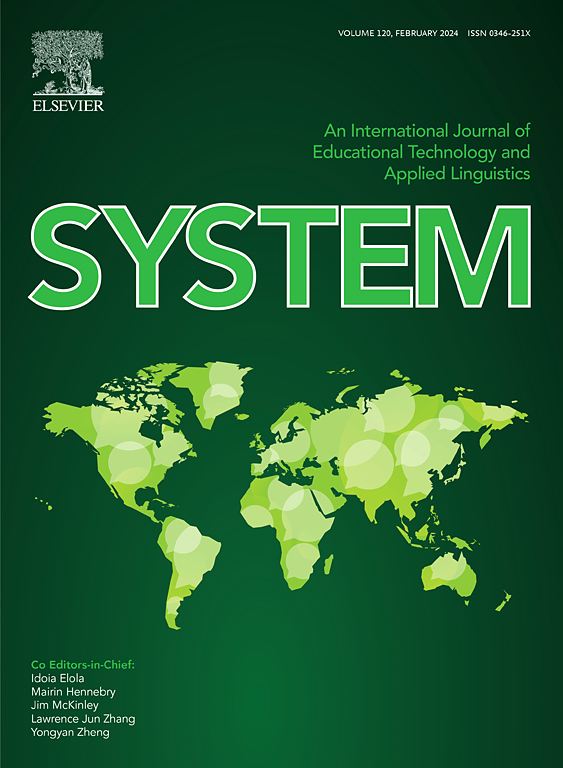Porcine jejunal-derived extracellular vesicles participate in the regulation of lipid metabolism
IF 6.5
1区 农林科学
Q1 Agricultural and Biological Sciences
引用次数: 0
Abstract
Regulating the regional deposition of fat is crucial for improving the carcass characteristics of pigs. The intestine, as an important organ for lipid absorption and homeostasis maintenance, secretes various biological signals that participate in the crosstalk between the intestine and adipose tissue. Extracellular vesicles, as novel extracellular genetic factors that mediate metabolic signal exchange among multiple tissues, have emerged as a hotspot and breakthrough in revealing the mechanisms of physiological homeostasis. However, how extracellular vesicles regulate the intestinal-adipose signaling axis, especially in relation lipid metabolism and deposition is still unclear. Thus, in the current study, intestinal extracellular vesicles from Chinese fat-type piglets of Lantang and typical lean-type piglets of Landrace were isolated and identified, and to reveal the regulatory mechanisms of lipid metabolism via intestinal extracellular vesicles in mediating intestinal-adipose crosstalk. We isolated and identified intestinal extracellular vesicles from the jejunum of 3-day-old Lantang and Landrace piglets (LT-EVs and LD-EVs) and further investigated their effects on lipid accumulation in porcine primary adipocytes. Compared to LD-EVs, LT-EVs promoted lipid deposition in porcine primary adipocytes, with intestinal-derived miRNAs playing a critical role in the crosstalk between the intestine and adipose tissue. Further analysis of extracellular vesicles-derived miRNA sequencing revealed that miR-30b-5p, enriched in LD-EVs, is involved in the regulation of lipid metabolism. Notably, the enrichment of miR-30b-5p in extracellular vesicles derived from IPEC-J2 cells also influenced lipid metabolism. Mechanistically, the targeted binding of miR-30b-5p and FMO3 may be critical for the extracellular vesicle-mediated regulation of lipid metabolism. Our findings suggest that jejunal-derived extracellular vesicles play a critical role in regulating lipid metabolism, and the regulatory effect of extracellular vesicles from obese piglets was higher than that of lean piglets. Furthermore, the different expression of miRNAs, such as miR-30b-5p, in intestinal extracellular vesicles may be the key to determining lipid deposition phenotypes across the two pig breeds.猪空肠源性细胞外囊泡参与脂质代谢调节
调节脂肪的区域沉积对改善猪的胴体特性至关重要。肠道作为脂质吸收和维持体内平衡的重要器官,分泌各种生物信号,参与肠道与脂肪组织之间的串扰。细胞外囊泡作为一种介导多组织间代谢信号交换的新型细胞外遗传因子,已成为揭示生理稳态机制的热点和突破口。然而,细胞外囊泡如何调节肠-脂肪信号轴,特别是与脂质代谢和沉积的关系尚不清楚。因此,本研究对中国兰塘肥猪和典型长白瘦猪的肠细胞外囊泡进行分离鉴定,揭示肠细胞外囊泡介导肠-脂肪串音的脂质代谢调控机制。我们从3日龄的兰塘和长白仔猪空肠分离并鉴定了肠细胞外囊泡(LT-EVs和LD-EVs),并进一步研究了它们对猪原代脂肪细胞脂质积累的影响。与ld - ev相比,lt - ev促进了猪原代脂肪细胞的脂质沉积,肠道来源的mirna在肠和脂肪组织之间的串音中起着关键作用。细胞外囊泡来源的miRNA测序进一步分析显示,在ld - ev中富集的miR-30b-5p参与脂质代谢的调节。值得注意的是,来自IPEC-J2细胞的细胞外囊泡中miR-30b-5p的富集也会影响脂质代谢。在机制上,miR-30b-5p和FMO3的靶向结合可能对细胞外囊泡介导的脂质代谢调节至关重要。由此可见,空肠源性细胞外囊泡在调节脂质代谢中起着至关重要的作用,肥胖仔猪细胞外囊泡的调节作用高于瘦肉仔猪。此外,肠细胞外囊泡中miR-30b-5p等mirna的不同表达可能是决定两个猪品种脂质沉积表型的关键。
本文章由计算机程序翻译,如有差异,请以英文原文为准。
求助全文
约1分钟内获得全文
求助全文
来源期刊

Journal of Animal Science and Biotechnology
AGRICULTURE, DAIRY & ANIMAL SCIENCE-
CiteScore
9.90
自引率
2.90%
发文量
822
审稿时长
17 weeks
期刊介绍:
Journal of Animal Science and Biotechnology is an open access, peer-reviewed journal that encompasses all aspects of animal science and biotechnology. That includes domestic animal production, animal genetics and breeding, animal reproduction and physiology, animal nutrition and biochemistry, feed processing technology and bioevaluation, animal biotechnology, and meat science.
 求助内容:
求助内容: 应助结果提醒方式:
应助结果提醒方式:


